Market Trends
Key Emerging Trends in the Plastic Pigments Market
The Plastic Pigments Market is undergoing significant trends that are reshaping the industry across various applications. One notable trend is the increasing demand for high-performance plastic pigments in the packaging industry. As consumer preferences shift towards visually appealing and innovative packaging, there is a growing need for vibrant and durable color solutions. Plastic pigments play a crucial role in providing a wide range of colors, ensuring brand differentiation and enhancing the visual appeal of plastic packaging materials. This trend is driven by the packaging industry's constant quest for eye-catching designs and sustainable color solutions to attract consumers.
Environmental sustainability is a key driver influencing market trends in the Plastic Pigments Market. With a rising awareness of the environmental impact of plastic products, there is a growing shift towards the development of eco-friendly and biodegradable plastic pigments. Manufacturers are exploring sustainable sourcing practices, adopting bio-based pigments, and investing in cleaner production processes to reduce the ecological footprint of plastic pigments. This trend aligns with the global push towards green and sustainable solutions in the plastics industry.
Technological advancements play a pivotal role in shaping market trends in the Plastic Pigments Market. Ongoing research and development efforts focus on improving the performance, dispersion, and stability of plastic pigments. Innovations in nanotechnology and polymer science contribute to the development of advanced pigments with enhanced heat resistance, weatherability, and compatibility with different plastic resins. These technological trends address the industry's need for pigments that meet the evolving requirements of diverse end-user sectors, including automotive, consumer goods, and electronics.
The automotive industry is another significant influencer of market trends in the Plastic Pigments Market. As automotive manufacturers seek to differentiate their vehicles with unique and appealing colors, the demand for high-quality plastic pigments is on the rise. Plastic pigments play a crucial role in interior and exterior automotive applications, providing durable and UV-resistant color solutions. This trend is driven by the automotive sector's emphasis on aesthetics, branding, and the incorporation of innovative color effects in vehicle design.
Supply chain dynamics and raw material costs are critical factors impacting market trends in the Plastic Pigments Market. The availability and pricing of raw materials, including pigments and additives, can influence the overall cost of plastic pigment production. Fluctuations in raw material prices, geopolitical factors affecting the supply chain, and global economic conditions can pose challenges for manufacturers. Companies in the Plastic Pigments Market are actively managing their supply chains and exploring strategies to ensure a stable and cost-effective production process.


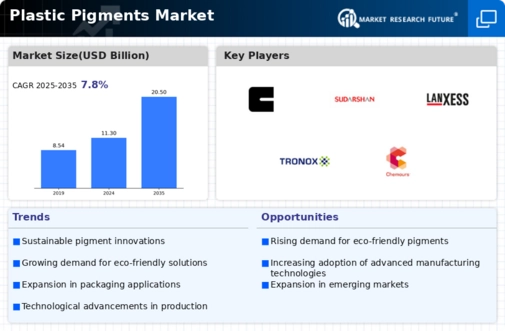

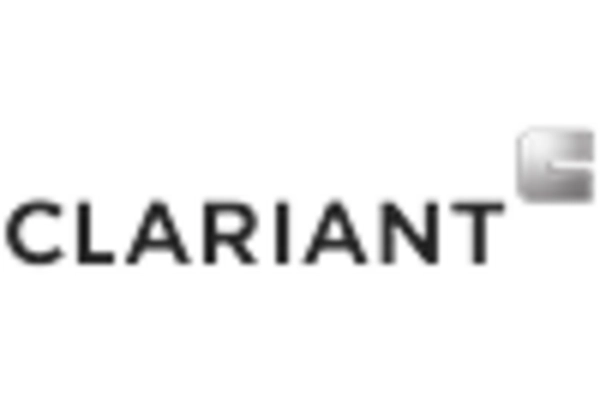
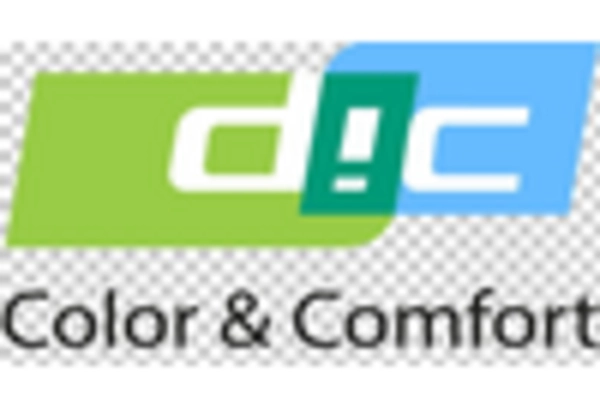
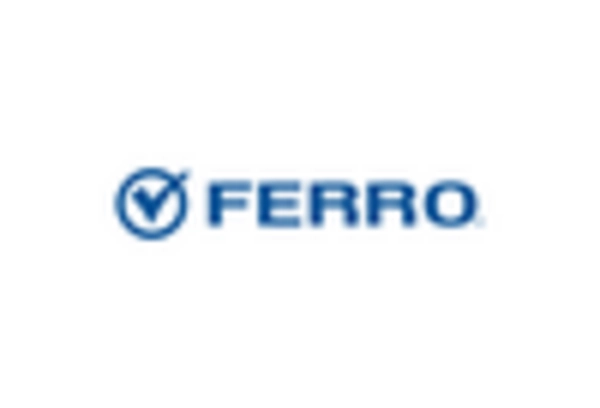

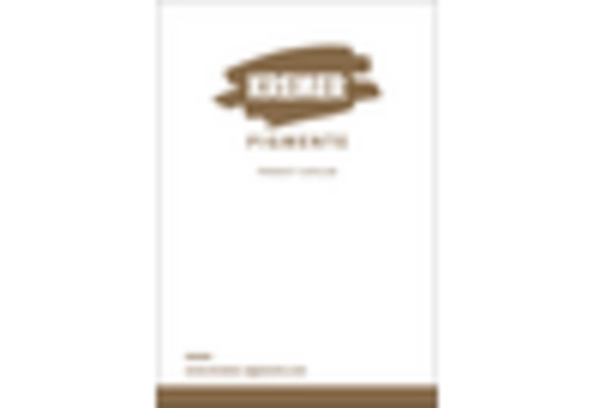









Leave a Comment